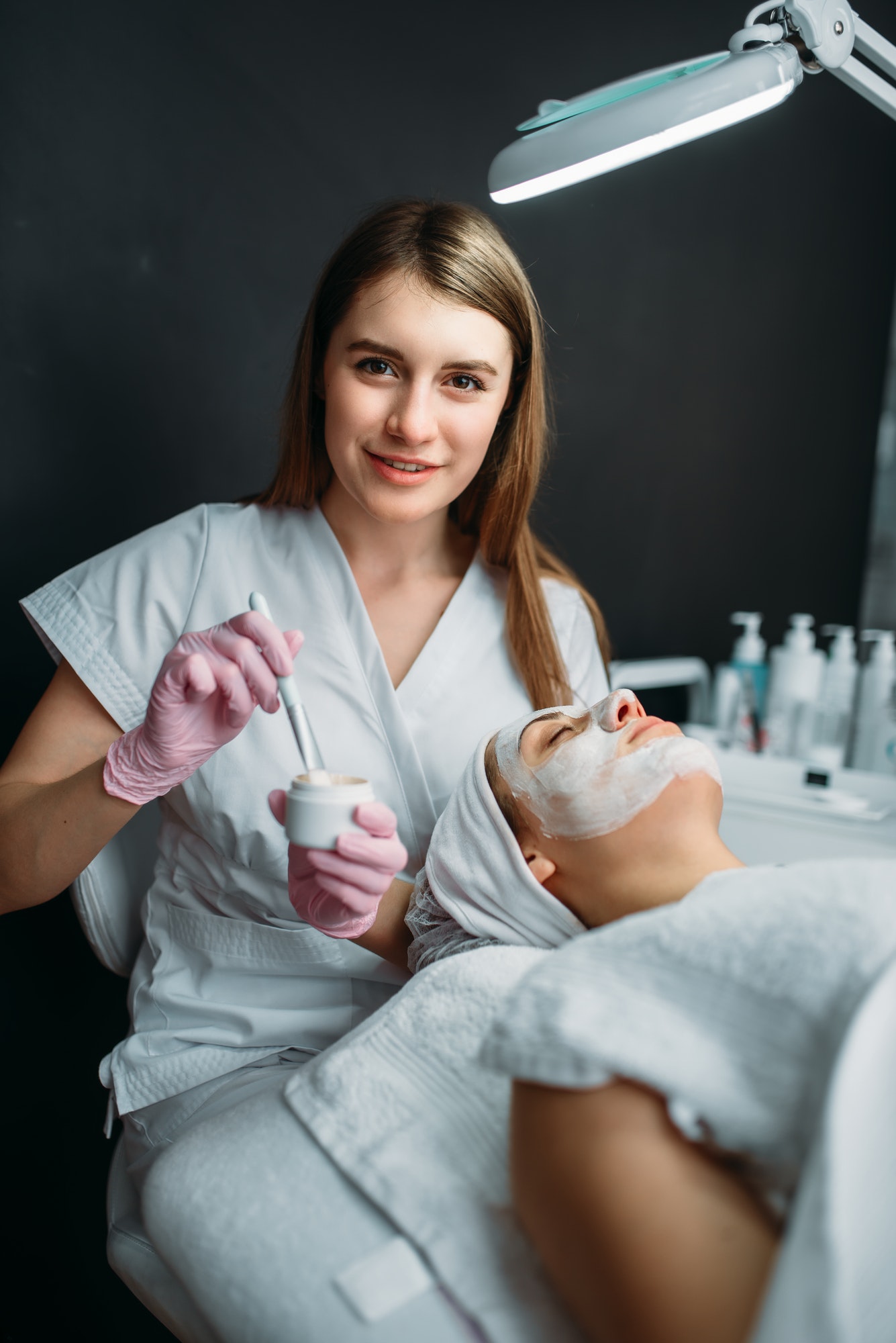Cleft lip and cleft palate occur when tissues in the baby’s face and mouth don’t form properly. Normally, the tissues that make up the lip and palate fuse together in the second and third months of pregnancy. But in babies with cleft lip and cleft palate, the fusion never takes place or occurs only partially, leaving an opening (cleft).
Researchers believe that most cases of cleft lip and cleft palate are caused by an interaction of genetic and environmental factors. In many babies, a definite cause isn’t discovered.
Genes inherited from the parents. Either the mother or the father can pass on genes that cause clefting, either as an isolated defect or as part of a syndrome that includes clefting as one of its signs. In some cases, babies inherit a gene that makes them more likely to develop a cleft, and then an environmental trigger actually causes the cleft to occur.
Exposure to certain substances during pregnancy. Cleft lip and cleft palate may be more likely to occur in pregnant women who smoke cigarettes, drink alcohol and take certain medications.
Risk Fators
Family history. Parents with a family history of cleft lip or cleft palate face a higher risk of having a baby with a cleft.
Race. Cleft lip and palate are most common in American Indian and Asian children. Black children are least likely to have a cleft.
Sex. Males are twice as likely to have a cleft lip with or without cleft palate. Cleft palate without cleft lip is more common in females.
Exposure to certain substances during pregnancy. Babies born to women who smoked or drank alcohol during pregnancy are more likely to develop cleft lip and cleft palate.
Being obese during pregnancy. There is some evidence that babies born to obese women may have increased risk of cleft lip and palate.

The Cleft Lip and Palate Clinic at Plástica Tijuana Surgery specializes in the comprehensive care of patients born with cleft lip and palate. Each patient’s condition is unique and care is tailored to his specific needs.
The cleft of the lip can be unilateral (affecting the right or left) or bilateral (affecting both sides). In the cleft lip operation, incisions are made and the separate portions of the lip are brought together to form a single full lip. The repair of the child’s lip generally takes place at age 10 to 12 weeks, although optimum timing of repairs may differ from child to child. There are several methods of repairing a cleft lip (also called a cheiloplasty), and the surgeon will choose the type of repair that is appropriate depending on the type of cleft lip your baby has. As your child grows older, he may require an additional operation called a lip revision in order to correct any distortions that may occur in the lip over time.
The repair of the cleft palate (also known as a palatoplasty) is usually done at six to eighteen months of age. Although the child may look normal from the outside, the cleft palate can be seen by looking for a separation in the roof of the child’s mouth. A cleft palate should be repaired for several reasons, namely to improve speech and to reestablish the barrier between the mouth and the nasal cavity. Rarely, more than one operation may be necessary to close the cleft palate. The operation to repair the cleft palate involves making several incisions at the margins of the palate and sewing the separated portions of the palate back together in several layers; one layer making up the nasal lining, another middle layer containing the muscles of the palate, and still another layer that makes up the lining of the roof of the mouth.
You will be given a pre-operative information packet that explains everything you should do and know before your child’s surgery date. Dr. Juan Pablo Cervantes will give you specific instructions on how to prepare for surgery, including guidelines on eating and taking or avoiding certain vitamins and medications.
The cleft lip and cleft palate repair are done in the operating room under general anesthesia so that your child will sleep throughout the entire procedure. Anesthesiologists and nurse anesthetists at Plástica Tijuana are all trained and experienced in pediatric anesthesia and care for pediatric patients. Your child will remain comfortable throughout the entire procedure.
It is very important that you follow Dr. Cervantes’ instructions in order to promote healing and progress. Also, it is important that you attend all follow-up appointments scheduled so that Dr. Cervantes can assess your child’s long-term results and answer any questions or concerns you may have.
You may contact Plástica Tijuana Surgery at Hospital Angeles Tijuana, to schedule a initial consultation with Dr. Cervantes. Your child’s pediatrician can also assist you in providing a referral as well as the medical information you will need to provide during the initial consultation.

CONTACT US!
At Plástica Tijuana, we are here to help you. We take the time to explain our procedures and answer your questions. We want you to feel comfortable and confident before deciding to undergo cosmetic surgery. You can expect a warm, friendly attitude from our highly professional staff. Our staff is highly trained in advanced medical procedures and observes strict safety protocols, and is fluent in both English and Spanish.
New City Medical Plaza P.° del Centenario 9580, Zona Urbana Rio Tijuana, 22010 Tijuana, B. C. Floor: 19- Suite:1901
New City Medical Plaza P.° del Centenario 9580, Zona Urbana Rio Tijuana, 22010 Tijuana, B. C. Floor: 19- Suite:1901
contact@plasticatijuana.com